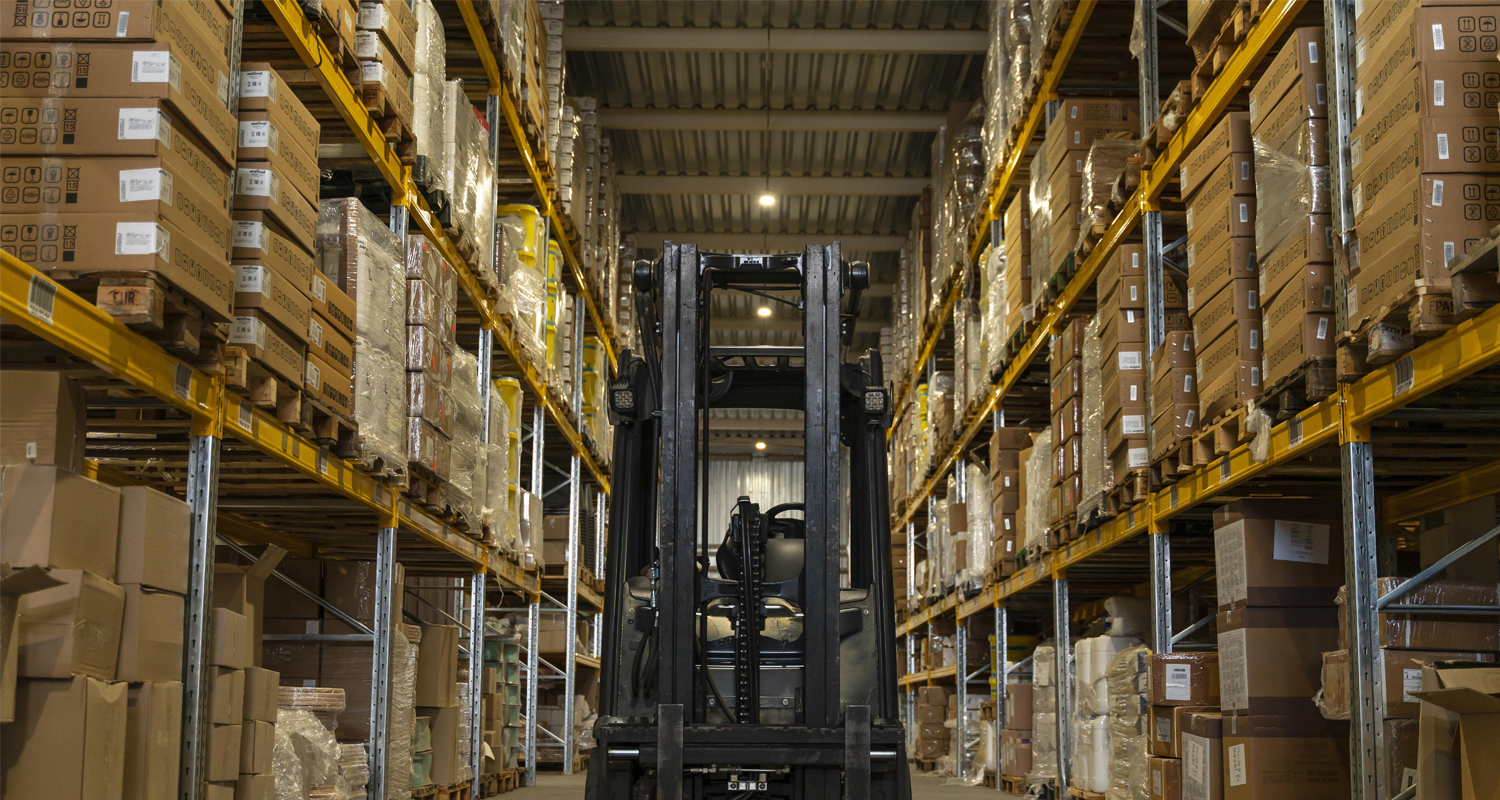Overview
Our comprehensive warehousing services include value-added options such as pick and pack, order fulfilment, and distribution, designed to streamline your operations, reduce lead times, and improve overall supply chain efficiency. We understand that every business has unique storage needs, which is why we offer tailored warehousing solutions that cater to your specific requirements. Strategically located to support efficient distribution and minimize transportation costs, our modern facilities provide a reliable and flexible foundation for your logistics operations. Partner with Time Global Shipping for warehousing services that deliver operational efficiency, peace of mind, and a competitive edge in today's fast-paced global market.

Some FAQ
A warehouse is a large commercial building used to store goods, products, and materials. It serves as a critical component of the supply chain, providing space for businesses to store inventory until it’s needed for distribution or sale. The main purposes of a warehouse include inventory management, order fulfillment, sorting, and sometimes packaging or assembly of products.
There are several types of warehouses, each designed to serve different storage and logistics needs: • Public warehouses: Owned and operated by a third party and available for use by multiple customers on a short-term basis. • Private warehouses: Owned and operated by a company for its own use, typically used by large businesses with high storage needs. • Distribution centers: Focus on the rapid movement of goods, often used in e-commerce and retail, where goods are quickly received, sorted, and shipped to customers. • Cold storage warehouses: Specialized warehouses designed to store perishable goods at low temperatures. • Automated warehouses: Warehouses that use advanced technology, such as robotics and conveyor systems, for managing storage and retrieval.
Inventory management in a warehouse is typically handled using systems that track stock levels, locations, and movements of goods. The most common methods include: • Manual inventory systems: Employees manually track goods using spreadsheets or paper records. • Barcode/RFID systems: Products are tagged with barcodes or RFID tags, and scanners are used to track items as they move in and out of the warehouse. • Warehouse Management Systems (WMS): Sophisticated software that provides real-time tracking, inventory control, and helps optimize storage space, picking, and order fulfillment processes.
Using a warehouse provides several key benefits for businesses, including: • Improved inventory control: Warehouses allow businesses to store and manage stock efficiently, reducing the risk of overstocking or stockouts. • Cost savings: Centralized storage helps businesses reduce shipping costs and improve order fulfillment efficiency. • Faster order processing: Warehouses are strategically located to facilitate quicker distribution and shipping to customers, improving delivery times. • Flexibility: Warehouses allow companies to store a wide variety of products and scale up or down based on seasonal demand or market conditions.
